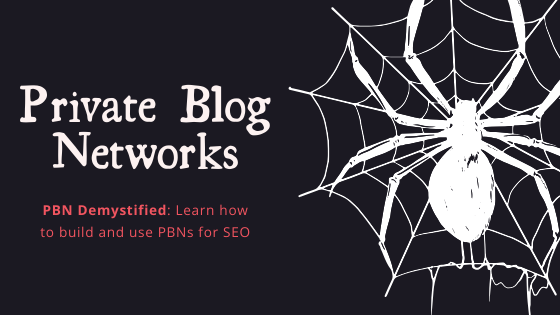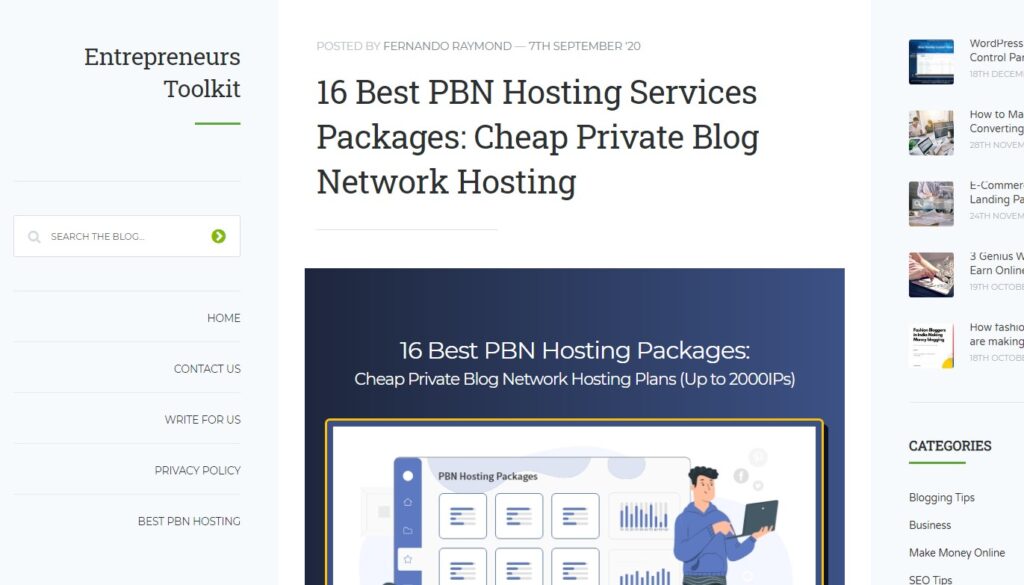All Categories
Featured
Table of Contents
- – What Is The Most Valuable Semantic Search Engi...
- – What's The Most Reliable Semantic Seo Framewor...
- – What Is The Top Semantic Seo Product?
- – Top Semantic Seo Audits Store Near Me
- – Top Semantic Seo Vs Traditional Seo Deals Ne...
- – Who Makes The Top Tools For Semantic Seo
- – What Is The Most Suitable Semantic Seo Insig...
The web is changing, ending up being a growing number of semantic. Search engine optimization is also changing and coming to be more semantic. This is since internet search engine have developed and are relocating increasingly more towards reading content on the web. Obviously, that has actually likewise changed the means we develop web content, especially if we wish to place much better in the internet search engine.
Intertwingularity is not typically acknowledged, people maintain acting they can make points deeply hierarchical, categorizable and sequential when they can not. Based on the connections between search objectives, the search engine prefers a web content in placing by computing the range between the vectors of meaning.
It allows you to see, beginning from a topic, all the entities that relate to that topic. This means you can clearly see which entities/concepts/ideas have currently been covered on your website, and you can discover brand-new chances by recognizing what web content you can include and how to produce it.
What Is The Most Valuable Semantic Search Engine Optimization For The Price
It is able to make your web content understandable for internet search engine on the one hand and for your target market on the other. Structuring your material version highlights your content and its hidden connections to make sure that search engines can identify you amongst numerous items of info, making you much more visible to users that fulfill the search intent associated to your company.
In semantic search engine optimization copywriting, an editor begins with a wider variety of subjects and customizes the material to include semantically appropriate terms and expressions that help viewers understand a subject, comparable to reading material in a wiki. From a web content creating perspective, one sensible method to do this is to produce a vocabulary of terms and questions surrounding your target subject.
What's The Most Reliable Semantic Seo Framework Brand
Discover more about by seeing the by!.

Semantic search refers to the process of how online search engine comprehend and match search phrases to a searcher's intent in organic search outcomes. Prior to semantic search, online search engine like Google operated like matchmakersaligning specific words in your query with those specific words on webpages. The results were simple but usually did not have depth.
What Is The Top Semantic Seo Product?
It allows Google to provide fast, precise responses to look questions regarding real-world topics. When you kind a query word into Google, you're not just going into a series of words.
When you browse for "Apple," Google does not just see a word that defines a fruit. It acknowledges Apple as a company and can provide relevant details. Like the name of its chief executive officer, Tim Chef, or its most current supply prices. Google introduced the Hummingbird upgrade in 2013. It was Google's response to the surge of voice searches, where questions ended up being extra conversational and nuanced.
Top Semantic Seo Audits Store Near Me
By integrating NLP, Hummingbird allowed Google to move past simple keyword matching. It assisted the search engine comprehend search intent, increasing the probabilities that results would properly match the factor behind a user's search.
RankBrain is a machine learning system that helps Google analyze questions it hasn't seen prior to. It can make assumptions concerning words and expressions it does not acknowledge and filter results appropriately. Making it a lot more reliable at dealing with never-before-seen search queries. RankBrain takes into consideration more than just keywords when examining a search query.
It brings results that match the key phrases and align with the general intent of supplying puppy training recommendations. And if the customer often looks for dog-related web content, Google could prioritize extra thorough training guidesrecognizing the individual's ongoing rate of interest in the subject. Integrating technologies like the Expertise Graph, Hummingbird, and RankBrain, semantic search assists the Google formula translate and connect information throughout a vast internet of information.
Top Semantic Seo Vs Traditional Seo Deals Near Me
The focus changes from keyword selection to an alternative approach encompassing user intent, topical relevance, and total individual experience. Creating web content that addresses the searcher's requirements with thorough info can improve your SERP positions. Below, we lay out the trends and methods that combine the demand for semantically notified content. Later, we provide workable tips to turn these understandings right into best practices.
A wider strategy to content aligns much better with semantic search's change away from precise keyword matching and towards customer intent. Web content that covers search queries much more completely not just satisfies customers.
And five times more than websites that take 10 seconds to lots. While technical SEO makes certain ideal website performance and access, concentrating on user experience (UX) takes it an action better. UX intends to create an aesthetically appealing, user-friendly interface with engaging, quality material that encourages site visitors to stay. Semantic search modern technology enables internet search engine to go for results that provide the most effective feasible UX.
Who Makes The Top Tools For Semantic Seo

All showcase Google's capacity to attend to a subject inquiry adequately. By understanding the context and intent behind individual inquiries, internet search engine can supply a lot more pertinent info and possibly boost user involvement. Customization in search results page makes for much better UX.Based on your past search background and choices as a customer, semantic search assists online search engine customize the results to suit your unique requirements and interests.
It brings results that match the search phrases and straighten with the total intent of providing pup training guidance. And if the customer often looks for dog-related material, Google may focus on extra detailed training guidesrecognizing the individual's ongoing interest in the topic. Incorporating innovations like the Understanding Chart, Hummingbird, and RankBrain, semantic search helps the Google algorithm interpret and link information across a vast internet of information.
What Is The Most Suitable Semantic Seo Insights To Get Right Now
The emphasis changes from keyword choice to an alternative approach encompassing customer intent, topical importance, and general user experience. Developing web content that attends to the searcher's demands with comprehensive details can enhance your SERP rankings.

And sort of material can best satisfy their demands. A wider technique to material aligns better with semantic search's shift away from precise keyword matching and toward user intent. Which explains the boosted concentrate on topic clusters, instead than private keywords. Material that covers search queries better not only pleases customers.
And 5 times more than websites that take 10 secs to lots. While technical search engine optimization guarantees ideal site efficiency and access, concentrating on individual experience (UX) takes it an action further. UX intends to produce an aesthetically enticing, user-friendly user interface with engaging, top quality material that urges visitors to stay. Semantic search technology enables search engines to intend for results that give the most effective feasible UX.
All showcase Google's ability to attend to a subject query thoroughly. By understanding the context and intent behind user queries, search engines can deliver extra relevant information and potentially boost individual interaction. Customization in search results makes for better UX.Based on your past search background and choices as an individual, semantic search assists internet search engine tailor the outcomes to fit your special requirements and passions.
Table of Contents
- – What Is The Most Valuable Semantic Search Engi...
- – What's The Most Reliable Semantic Seo Framewor...
- – What Is The Top Semantic Seo Product?
- – Top Semantic Seo Audits Store Near Me
- – Top Semantic Seo Vs Traditional Seo Deals Ne...
- – Who Makes The Top Tools For Semantic Seo
- – What Is The Most Suitable Semantic Seo Insig...
Latest Posts
Who Is The Premier Best Semantic Seo Tools Manufacturer
What Is The Most Suitable Enhancing Seo With Semantics To Get Right Now
Who Is The Top Semantic Content Creation Company?
More
Latest Posts
Who Is The Premier Best Semantic Seo Tools Manufacturer
What Is The Most Suitable Enhancing Seo With Semantics To Get Right Now
Who Is The Top Semantic Content Creation Company?